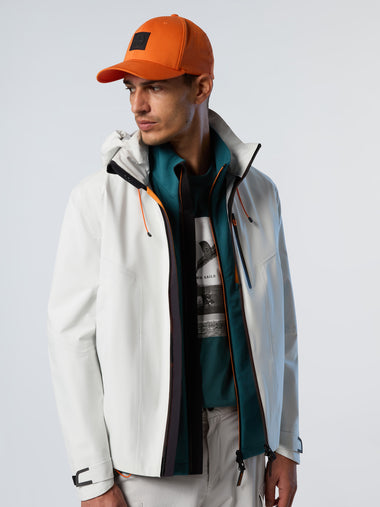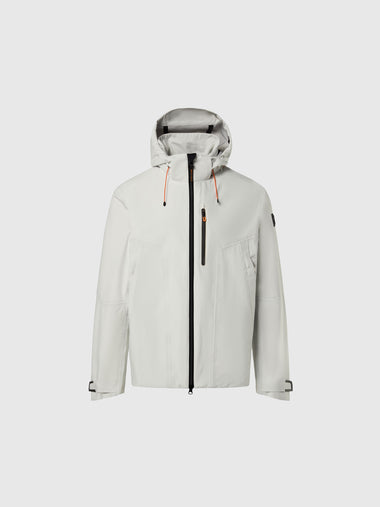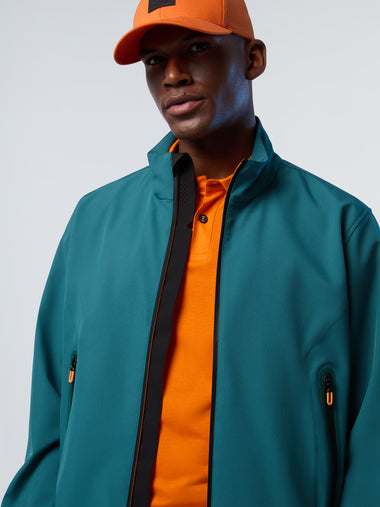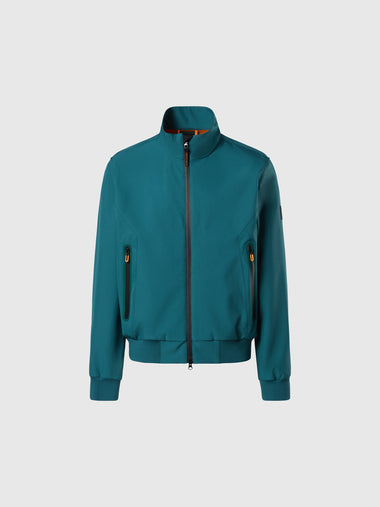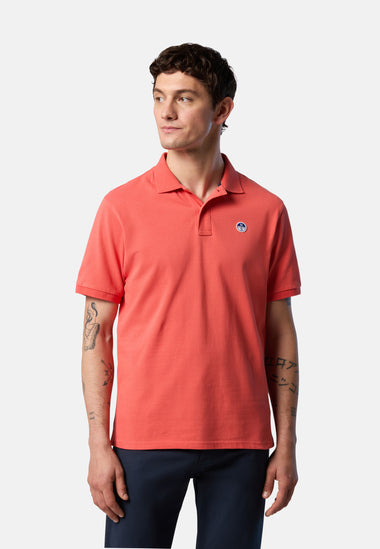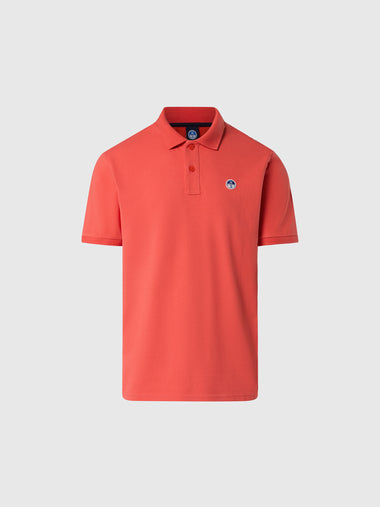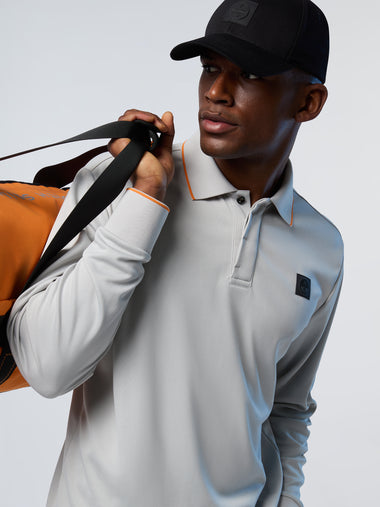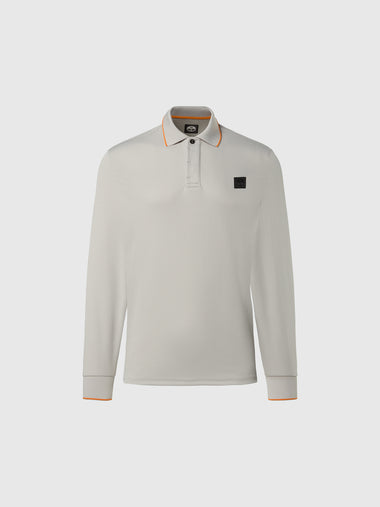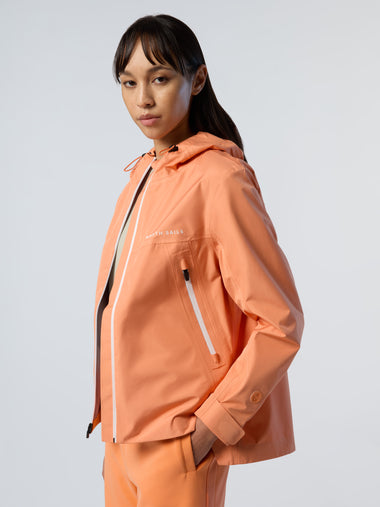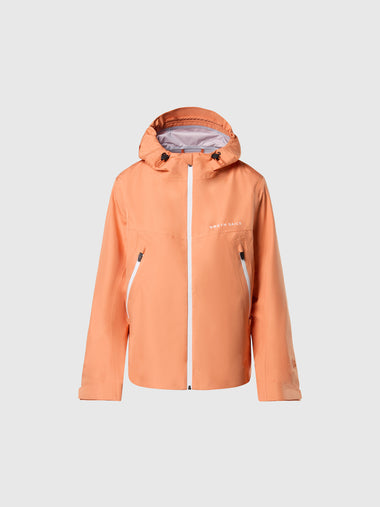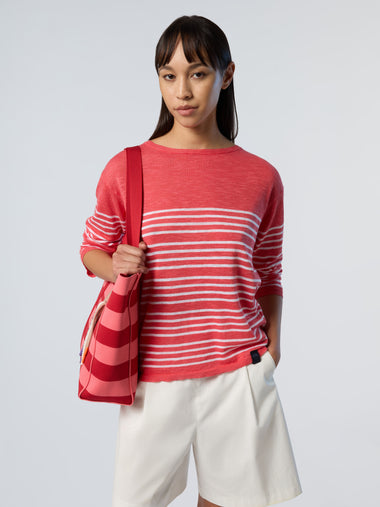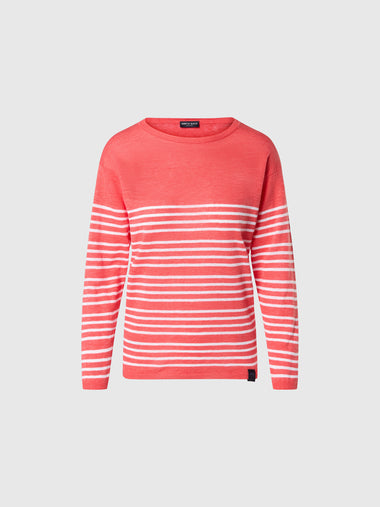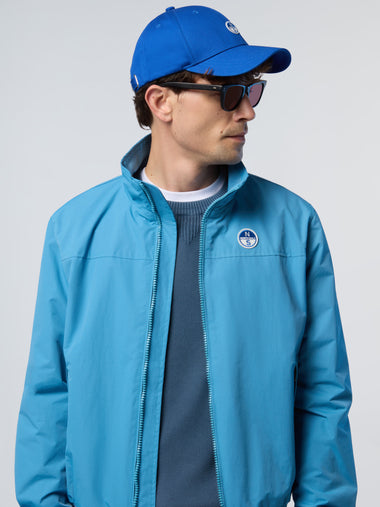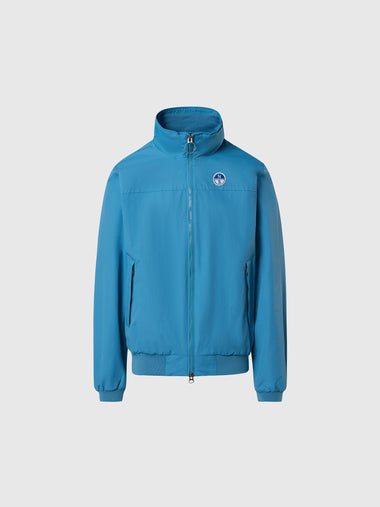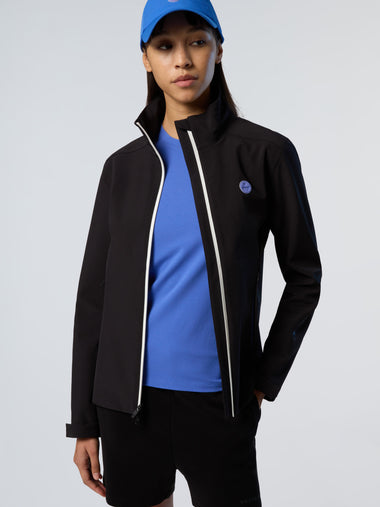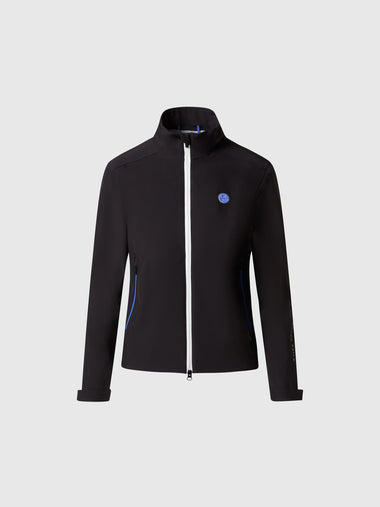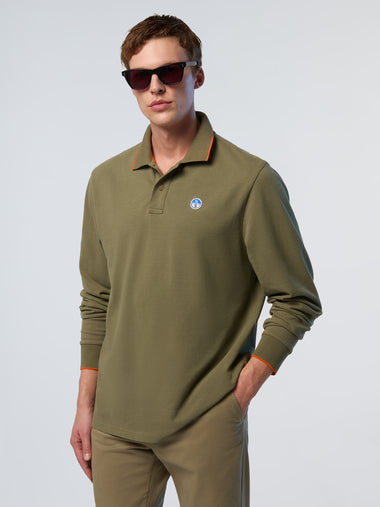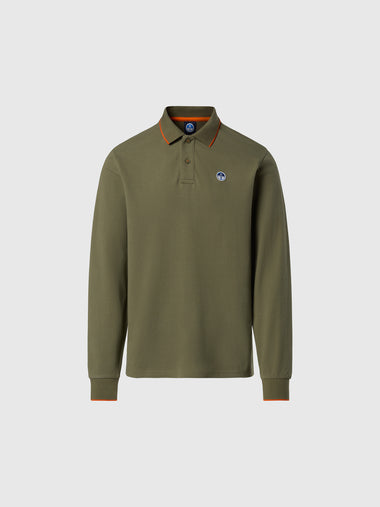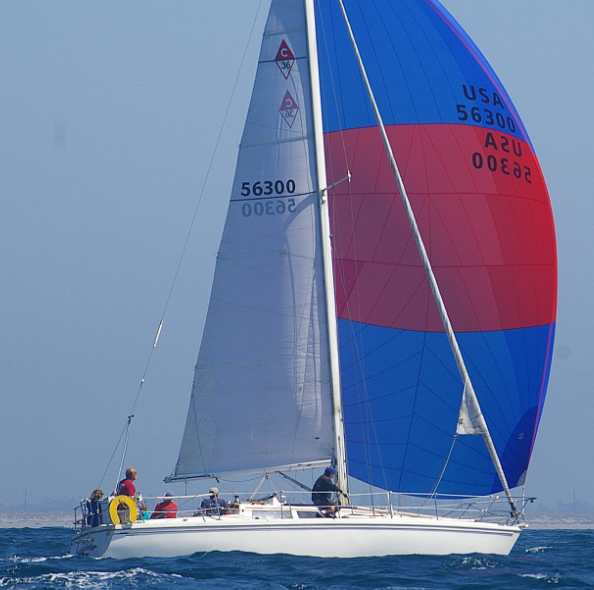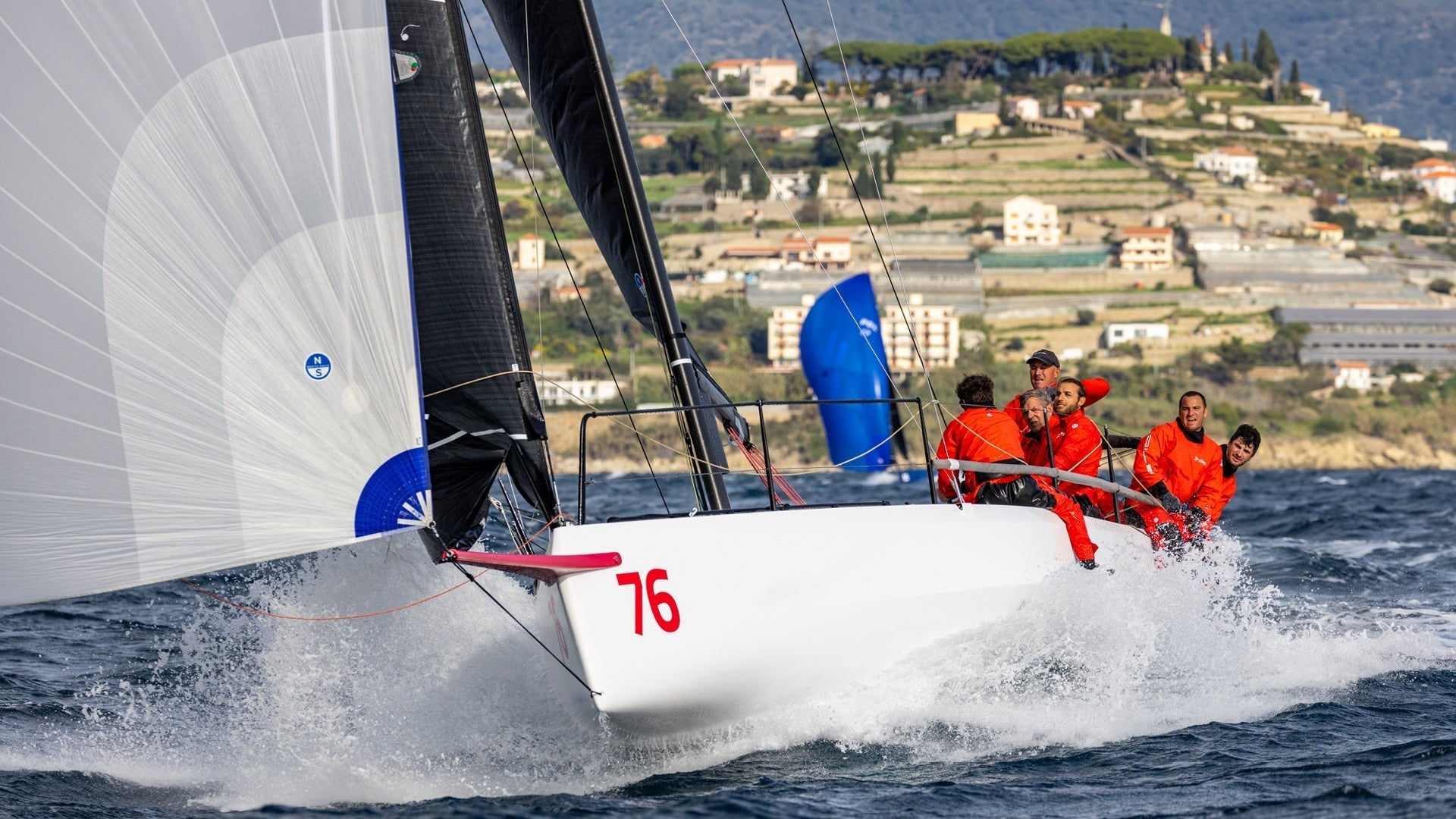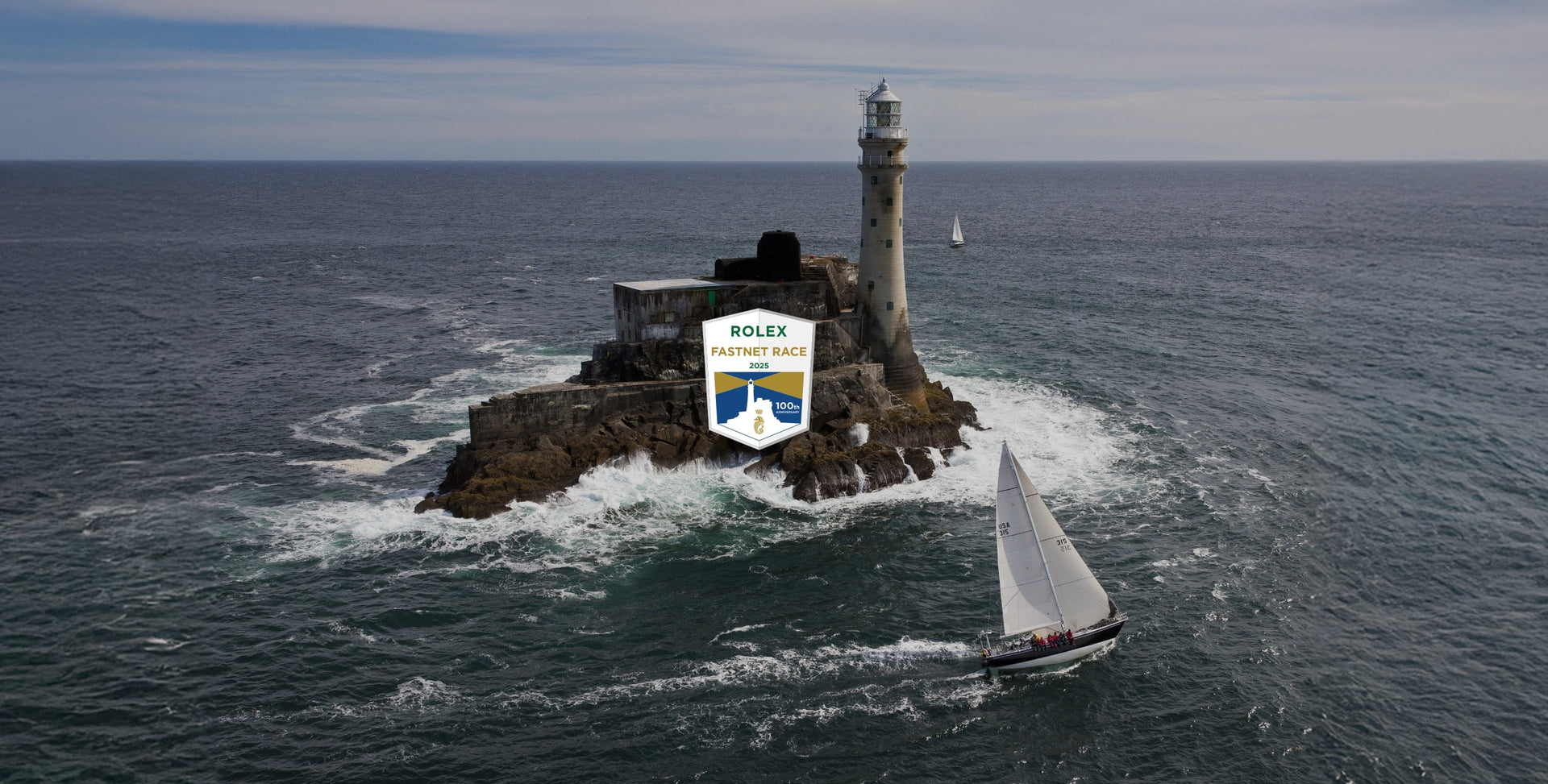SAIL TO CATALINA: PART 1
SAIL TO CATALINA: PART 1
The Best Sails To Use When Sailing To And From The Island
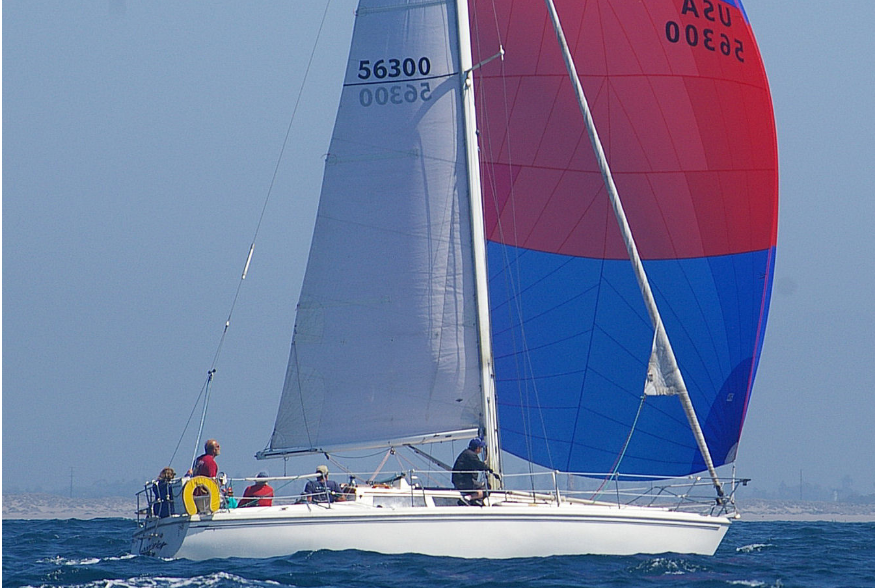
North Sails experts Alex Curtiss and Bill Herrschaft share their advice for the best sails to use when heading to Catalina Island from Marina del Rey.
Bill shares, "Back in the early 70’s, my mom, dad, two brothers and I would do weekend trips to Catalina from Marina del Rey on our Catalina 22. That’s right, a family of five on a 22-foot boat towing a dinghy all the way there, 42 miles. Needless to say, it took forever. It was a fun adventure and we would play with the other yacht club kids once we got there." Nowadays, production sailboats have evolved with better hull, rig, and sail plan designs that make sailing easier and certainly a lot more comfortable. With the advent of modern sail handling systems, it’s easier to hop on your boat and get out of town. Almost all production boats come with a furling genoa, and your choice between an in mast furling main or the “Classic” mainsail you have to actually hoist. Great stuff for a new boat owner in terms of sail handling convenience. One thing Bill likes to look at with a typical round-trip sail from Marina del Rey to Catalina; How can we add performance and fun when the wind goes aft and the stock genoa looses pressure and just sags? Enter the G1 All Purpose Cruising Spinnaker, or Gennaker as we call it. It’s an asymmetric spinnaker, designed to be flown without a spinnaker pole, on a beam or broad reach. Usually built out of ¾ or 1.5oz Nylon, they’re easy to trim and do not add any complicated rigging or huge expense. You hear a lot about racing Asymmetric spinnakers that take a crew of 15 to handle, but these sails have been around for over 30 years and designed for short handed sailing. Gennakers come with a Snuffer, a long sock type arraignment with a molded cone at the bottom to help control, deploy, and take down (snuff) the gennaker. So, what are the weather conditions you can expect on a typical trip from MDR to Catalina? Starting out in the early morning the breeze will be a light southerly, probably motor sailing or sailing upwind with main and Genoa. Once past Palos Verdes, and away from land influence, the wind should increase and move aft. This is the perfect time to try our your new Gennaker in the wide open Catalina Channel before it gets too windy.
So, what are the weather conditions you can expect on a typical trip from MDR to Catalina? Starting out in the early morning the breeze will be a light southerly, probably motor sailing or sailing upwind with main and Genoa. Once past Palos Verdes, and away from land influence, the wind should increase and move aft. This is the perfect time to try our your new Gennaker in the wide open Catalina Channel before it gets too windy.
 Hoist the Gennaker in its Snuffer all the way up. The sail is contained in the Snuffer until you’re ready to deploy. Bear away to a broad reach, snug the sheet a little and use the Snuffer control line to raise the sock and open up the Gennaker. Slowly head up and sheet in until you feel the Gennaker fill and pressurize the boat. Once sailing a comfortable course, ease the sheet until the Gennaker luff curls, then sheet in slightly to achieve the proper trim.
Now is the time to get a feel for your new Gennaker and try sailing up (closer to the wind) or down (a deeper angle to wind direction). Alex points out, " These sails are more sensitive to wind speed and angle than a genoa so it’s good to learn how high or low you can effectively sail in a given wind speed." Generally, a tight reach in light air, or a broad reach in higher wind speeds. You do not need complicated wind instruments to sail with a cruising spinnaker. Just a mast head fly for wind direction, and a simple anemometer for wind speed. Or, the old fashioned way, a feel for wind on your face.
To douse or Snuff the Gennaker, do these easy steps. Simply bear away and sail low enough so the mainsail helps block the wind and “relaxes” the pressure in the Gennaker. Go forward and pull the sock’s control line down so the sail is contained in the sock all the way to the clew. You now have time to safely ease the spinnaker halyard and snake the entire package on deck.
How about coming home from Catalina? Depending on the time of day, the wind in the Catalina Channel could fill-in nicely. If you can maintain a comfortable sailing angle heading to Palos Verdes, then deploy the Gennaker. Sometimes the wind will head, or go forward, as you get closer land (Palos Verdes Peninsula) and you might need to douse the sail to get around the point. Once past the point, you will almost always have a good wind angle to use the Gennaker all the way back to Marina del Rey.
A Gennaker will add fun and horsepower to your boat for shorthanded sailing without unnecessary complication.Read Cruising to Catalina, Part II
Hoist the Gennaker in its Snuffer all the way up. The sail is contained in the Snuffer until you’re ready to deploy. Bear away to a broad reach, snug the sheet a little and use the Snuffer control line to raise the sock and open up the Gennaker. Slowly head up and sheet in until you feel the Gennaker fill and pressurize the boat. Once sailing a comfortable course, ease the sheet until the Gennaker luff curls, then sheet in slightly to achieve the proper trim.
Now is the time to get a feel for your new Gennaker and try sailing up (closer to the wind) or down (a deeper angle to wind direction). Alex points out, " These sails are more sensitive to wind speed and angle than a genoa so it’s good to learn how high or low you can effectively sail in a given wind speed." Generally, a tight reach in light air, or a broad reach in higher wind speeds. You do not need complicated wind instruments to sail with a cruising spinnaker. Just a mast head fly for wind direction, and a simple anemometer for wind speed. Or, the old fashioned way, a feel for wind on your face.
To douse or Snuff the Gennaker, do these easy steps. Simply bear away and sail low enough so the mainsail helps block the wind and “relaxes” the pressure in the Gennaker. Go forward and pull the sock’s control line down so the sail is contained in the sock all the way to the clew. You now have time to safely ease the spinnaker halyard and snake the entire package on deck.
How about coming home from Catalina? Depending on the time of day, the wind in the Catalina Channel could fill-in nicely. If you can maintain a comfortable sailing angle heading to Palos Verdes, then deploy the Gennaker. Sometimes the wind will head, or go forward, as you get closer land (Palos Verdes Peninsula) and you might need to douse the sail to get around the point. Once past the point, you will almost always have a good wind angle to use the Gennaker all the way back to Marina del Rey.
A Gennaker will add fun and horsepower to your boat for shorthanded sailing without unnecessary complication.Read Cruising to Catalina, Part II
Learn more about cruising with our Cruising Tool Kit
.




